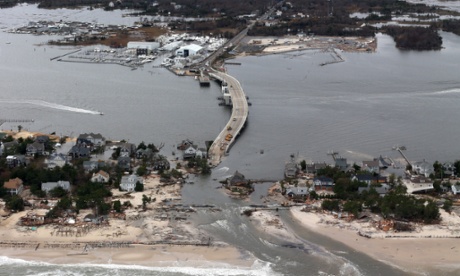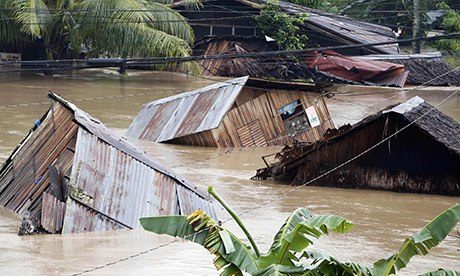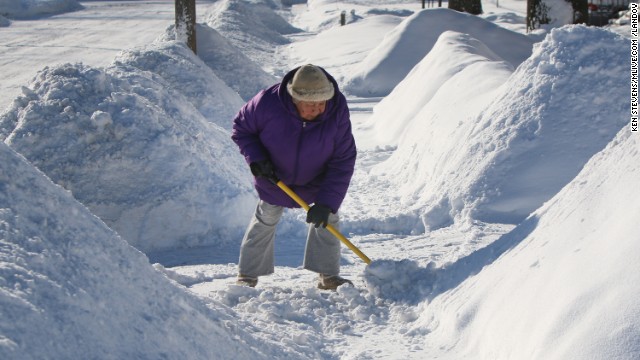Winter Storm Warning remains in effect from 9 pm this evening to 6 pm CST Saturday.
- Snow will develop late this evening and increase in intensity after midnight with a period of heavy snow possible during the mid to late morning hours of Saturday. The snow will end by early Saturday evening. Some sleet and freezing rain may mix with the snow south of a line from Ottawa to Joliet to Midway Airport.
- Storm total snow accumulation 6 to 10 inches. Storm total ice accumulation up to one tenth of an inch, south of a line from Ottawa to Joliet to Midway Airport.
- Snowfall rates of one to two inches per hour are possible mid morning Saturday.
- Snow covered roads and low visibilities will make travel hazardous from late this evening through early Saturday evening.
- Travel through Chicago O`hare and Midway Airports could also be significantly impacted.

Further warnings are in place along the length of the River Severn amid fears it could burst its banks.
Flood barriers have already been installed in Shrewsbury, Shropshire, and Bewdley, Worcestershire, as the water level rises.
The Environment Agency warned against all non-essential travel amid fears drivers could become stranded, while Gloucestershire Police urged people to stay away from river banks.

























